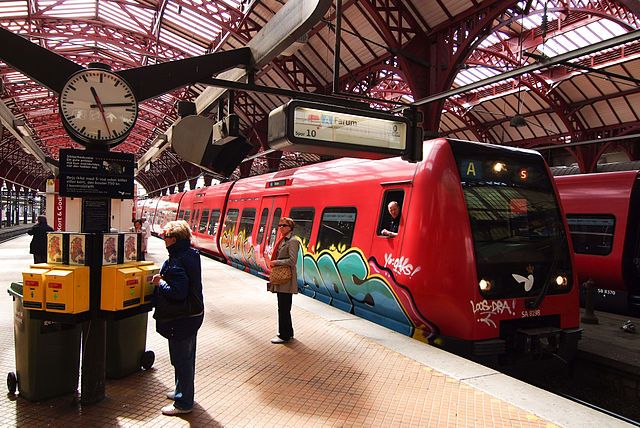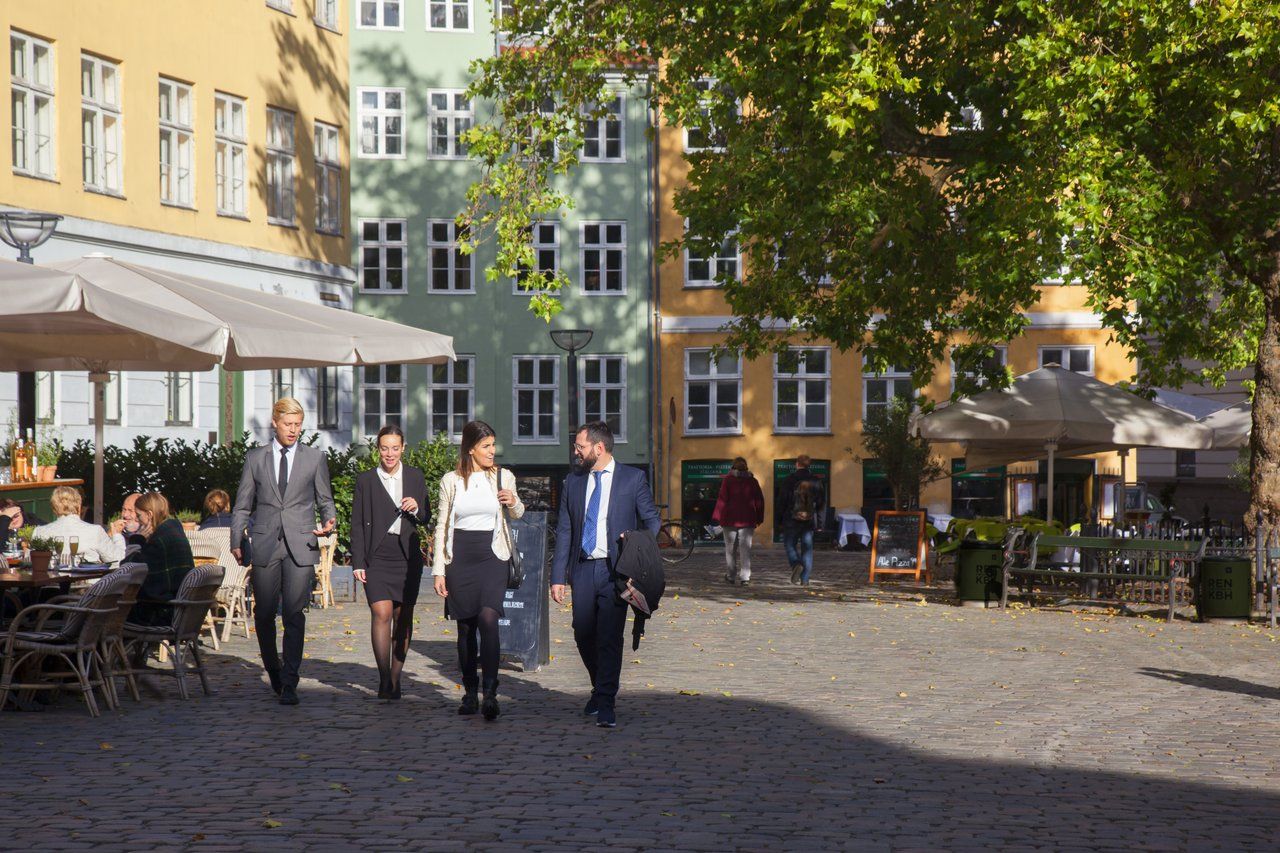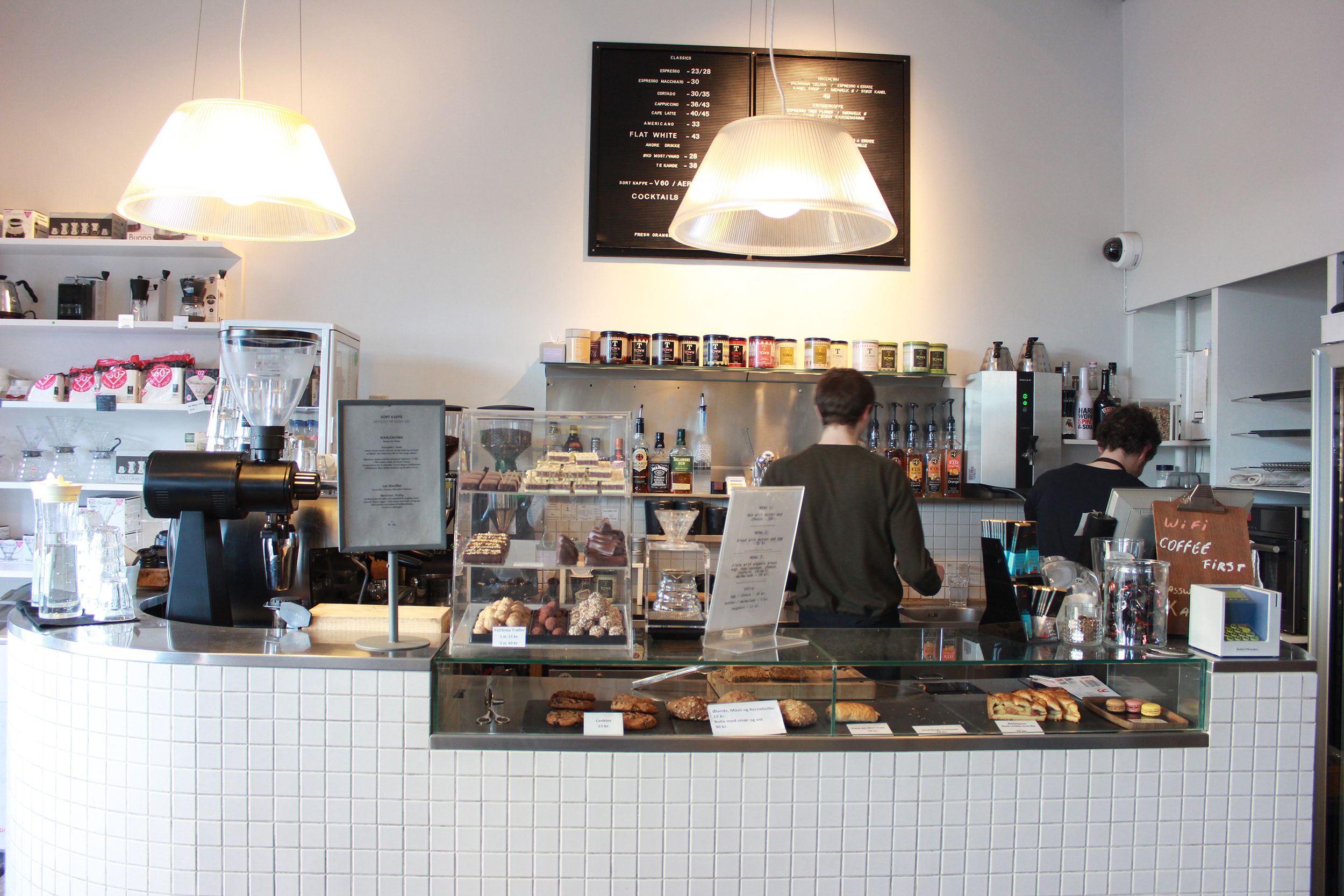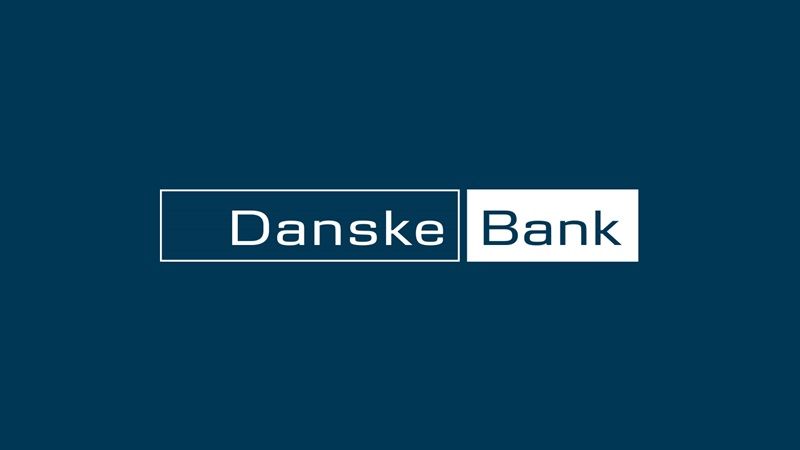The Copenhagen Metro triumphantly announced a record month in March. Some 10.9 million people used its service, and numbers are only expected to increase as more Metro lines open and tourists continue to return to the capital following the pandemic.
After all, crammed carriages on Metro and S trains are already becoming the norm for Copenhageners – not just at rush hour but often throughout the day.
So it will be welcome news for many that train operator DSB has the green light to increase the number of capital trains during rush hour to provide more space for commuters to find a seat.
Tender to service the capital
In accordance with the 2035 Infrastructure Plan, DSB has announced a tender for a new generation of driverless S-trains to service the capital.
The greater capacity, according to the plan, will increase capacity during rush hour and cut waiting times. According to DSB, carriages are expected to become increasingly crammed over the coming years.
The trains will be fully automatic and driverless – like the ones used on the Metro – and should be ready to hit the rails from 2029 onwards.
S-Bahn of the future
Following tests in 2028, the trains will first be launched on Line F between Ny Ellebjerg and Hellerup. Existing infrastructure will need a substantial upgrade to support the new trains.
“The current S-train has reached its maximum capacity during rush hour, and our current generation of S-trains must be replaced within 15 years,” explained DSB’s head of strategy & train material, Jürgen Müller.
“We are happy we have been given the green light politically for the tender. With the tender, the S-Bahn of the future has really been set in motion.”















